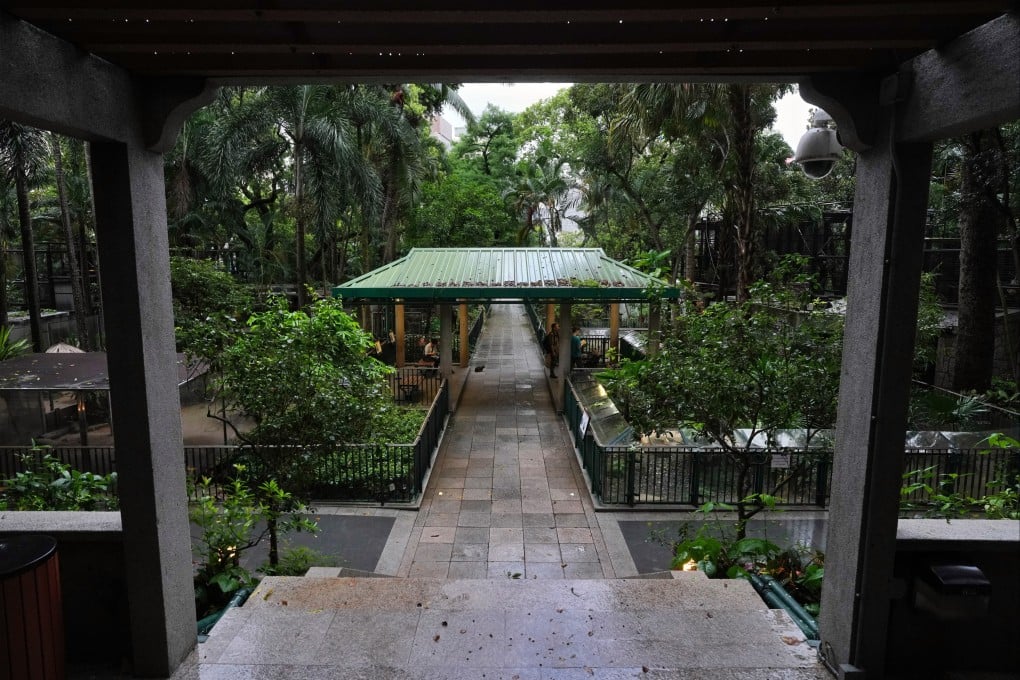Hong Kong team finds Japanese occupation era ‘shrine’ but officials reject ‘conjecture’
Researchers say rare remnants of Japanese shrine have been hiding in plain sight in popular Hong Kong Zoological and Botanical Gardens

Researchers in Hong Kong have unearthed what they have said are rare traces of an old shrine from the 1940s during the city’s Japanese occupation, but authorities have described the discovery as “conjecture” that requires “verification”.
Historians argued the purported site, located in the popular Hong Kong Zoological and Botanical Gardens, was significant because few artefacts had survived from that period in the city’s history and it could give a glimpse into the Japanese rule that lasted three years and eight months.
“The occupation was not very long. It’s only normal that there are not many remnants from the three years or so,” said Stanley Lee Chak-yan, chairman of the Hong Kong History Study Circle.
The organisation, which was founded by history enthusiasts in 2004, helped to discover boundary stones for a colonial-era settlement in 2021. The group regularly hosts activities and publishes content to promote the city’s heritage.
According to Lee, remnants made of stone that resembled the layout of a typical Japanese shrine have been hiding in plain sight for decades within the verdant gardens in Mid-Levels.
He said the features included a long passageway – or sandō in Japanese – which was flanked by two stone bases likely to be put in place to hold a pair of lion-dog sculptures, also known as komainu, the Japanese guardians of shrines.